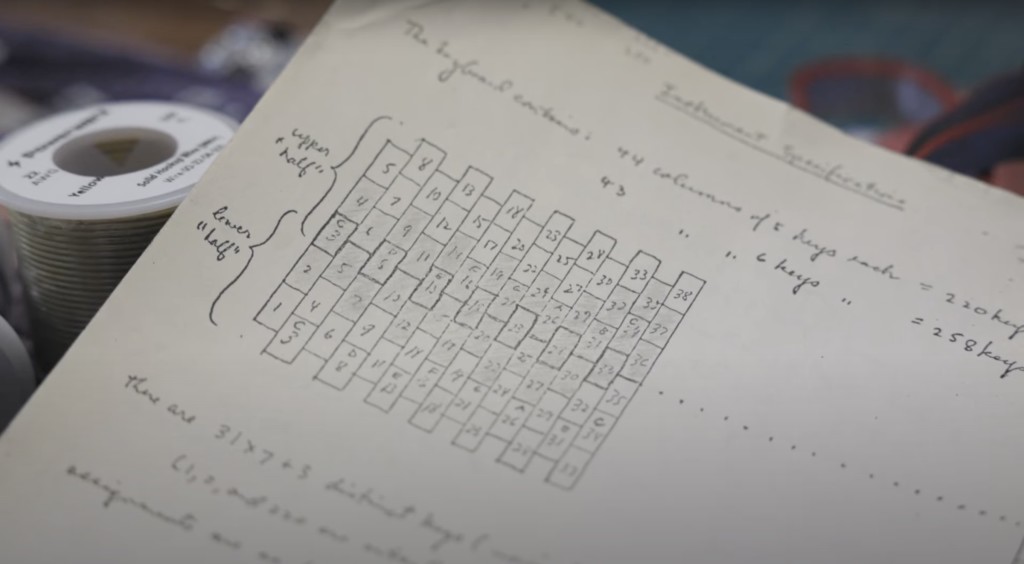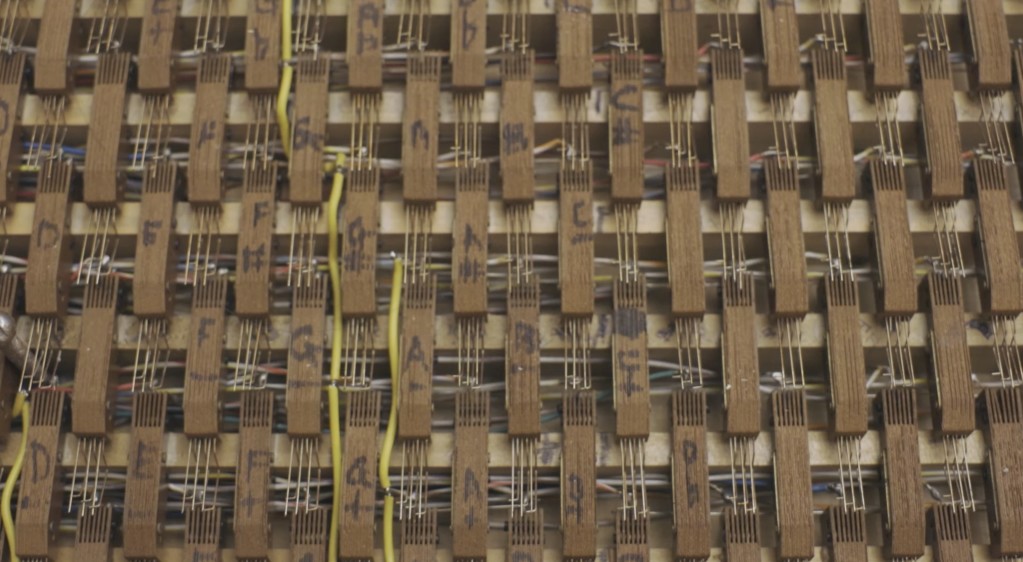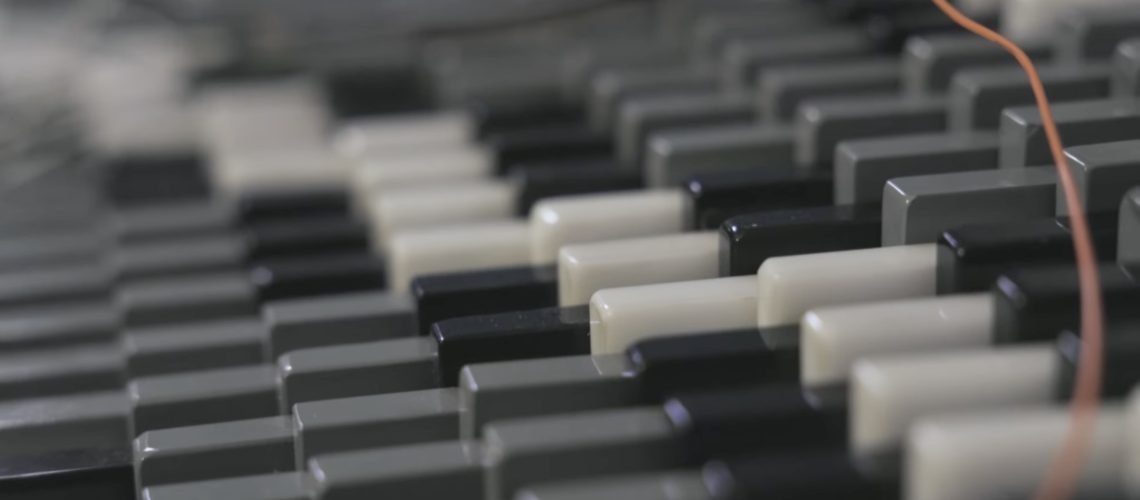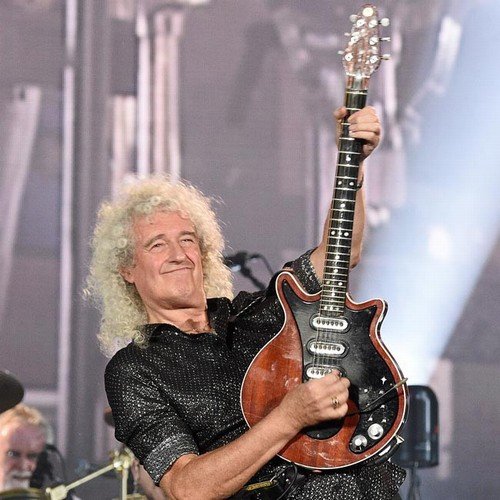A little-known invention by Bob Moog in collaboration with mathematician/theorist David Rothenberg has come back from the dead. With 478 keys and 31 tones, just one was produced, and that unit fell into disrepair – until now. Rebuilt and rewired, it just took to the stage for a concert of music in all its microtonal splendor.
The mathematician Rothenberg commissioned the instrument back in 1968. He’s described in the documentary as an early AI expert who also worked on missile trajectories. (Hey, US tech does always seem to come back to weapons.) His interest in pattern recognition algorithms, a key component of early machine learning research, evidently led him to new pondering about how to approach patterns in pitch. Bob Moog engineered a prototype for the result, and – leaving aside the usual ship of Theseus questions you get with this sort of project age and complexity, this is that instrument, reconstructed. Composer/instrument builder Travis Johns worked on rebuilding the device while visiting Cornell last year. Now we get to see and hear the results, with professor/pianist Xak Bjerken taking up the keys.


It’s a rare microtonal keyboard with this much range – 31 tones per octave, and a total of 478 keys. For their part, Moog and Rothenberg appear to have abandoned the effort to make this a playable instrument. But now, decades later, our ears are arguably more attuned to alternative pitch division – that’s exactly the argument Roman Filippov made in his essay this week.
Taking a page from vintage Roland and Yamaha instruments, the team at Cornell rebuilding the instrument wired it up using a divide down approach, as was more common in vintage analog days (even if here enabled by modern microcontroller tech):
[Johns] used programmable microcontrollers that were designed to take in a master frequency (which, in this case, was an 8 MHz clock signal), divide by a specified integer and then divide the result several times to create a single circuit with several octaves of the same note. Johns and his students then wired key after key after key – hundreds of times – to these controllers.


Details on the project and concert from Dr. Bob’s alma mater:
Long-lost Moog synthesizer finally makes it to the stage [Cornell news]
Elizabeth Ogonek, associate professor at Cornell, took on composing new music for the instrument among others (as she describes in the video), and it sounds like you got a heck of a concert, from bluegrass to experimental.
This is doubly interesting to me, because it’s the latest evidence refuting the idea of Bob Moog as the rigid defender of conventional piano keyboards. It’s true that Moog’s use of the keyboard on the early modular and (crucially) the Minimoog helped popularize the synthesizer by giving musicians a familiar interface. But I think it’s ahistorical to make Dr. Moog the face of conventional keyboards as a kind of archenemy of Don Buchla and microtuning. (See, for one, the connection between Moog and Lev Termen – and Termen was arguably the greatest of all time as far as suggesting the synthesizer should have a new interface.)
But that aside, it’s just a wonderful instrument. If you like this sort of strangeness, you’ll also want to check the DDR’s Subharmonicon. It’d be fascinating to connect this kind of key layout to that synth’s subharmonic approach (and even on that original, there’s nothing restricting you to 12-TET tunings):




